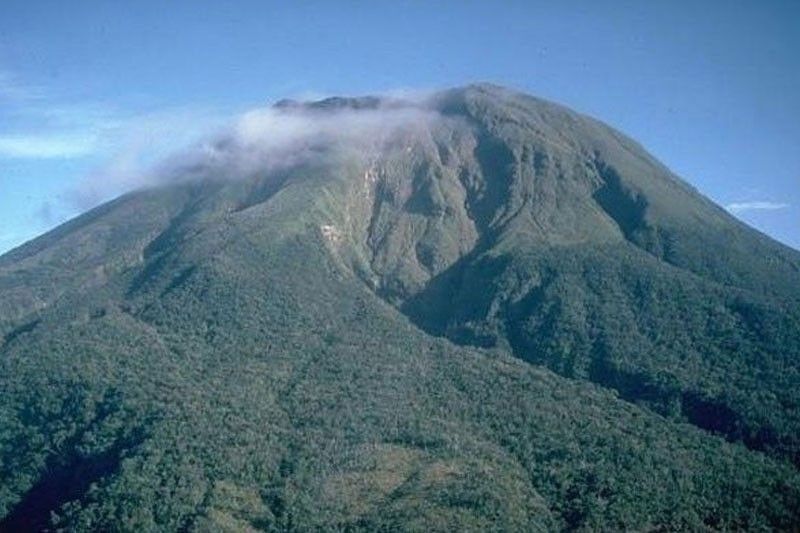Phivolcs: Bulusan back to normal

MANILA, Philippines — The alert level in Bulusan Volcano in Sorsogon is back to normal.
The Philippine Institute of Volcanology and Seismology (Phivolcs) downgraded the alert level from one to zero on Wednesday night, citing the general decline in monitoring data on volcanic earthquake activity, ground deformation, volcanic gas and heat emissions as well as visual observation of the summit.
“This means observational parameters have returned to baseline or background levels and no magmatic eruption is foreseen in the immediate future,” Phivolcs said in its bulletin.
Volacanic activity in the Bulusan network has declined to baseline levels or zero to five per day, occurring at a shallow depth of less than 10 kilometers since the first week of December, the agency said.
“This decline indicates that rock-fracturing processes within the volcano associated with shallow hydrothermal activity has diminished,” it said.
Phivolcs said sulfur dioxide emissions had averaged only 275 tons per day since October last year, with the highest recorded at 462 tons per day on Oct. 21.
“Volcanic gas input from the shallow hydrothermal system has generally remained within baseline level,” it added.
There have been very weak emissions of steam-laden plumes as part of the degassing activity of the volcano’s vents since the second week of November.
Phivolcs said the alert status may be raised again in the event of renewed increase of seismic activity.
It said entry into the four-kilometer-radius permanent danger zone should be avoided due to the possibility of sudden and hazardous steam-driven or phreatic eruption, rockfall and landslide.
Phivolcs raised the alert status of the volcano on Oct. 12 last year.
Bulusan was placed under Alert Level 1 on June 5, also last year, after a phreatic eruption that lasted for 17 minutes, which forced dozens of families to evacuate their homes.
- Latest
- Trending































